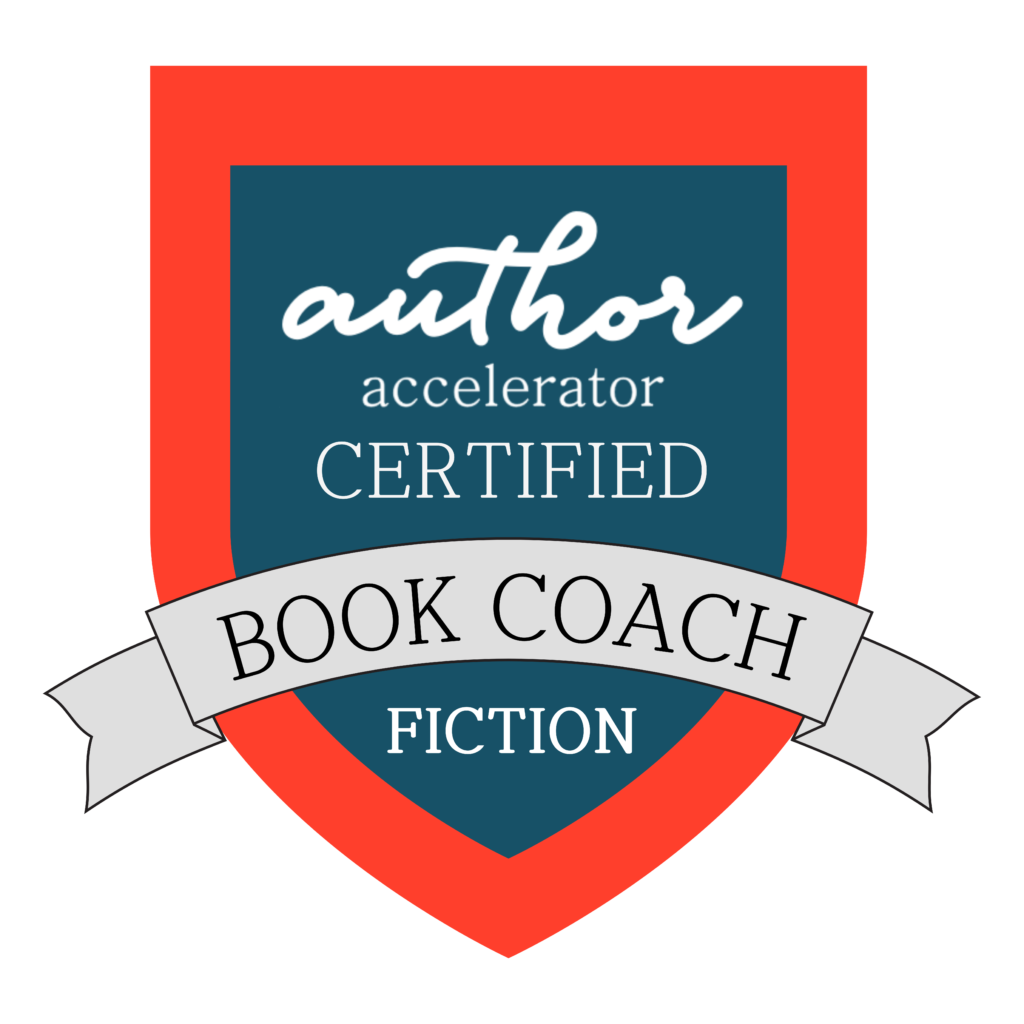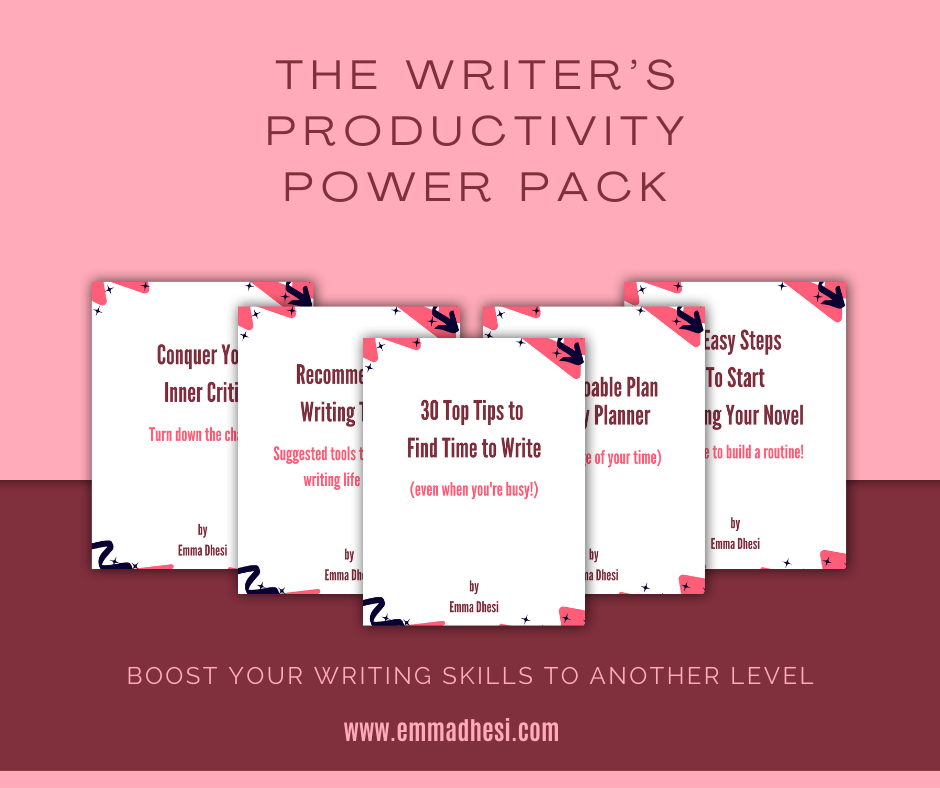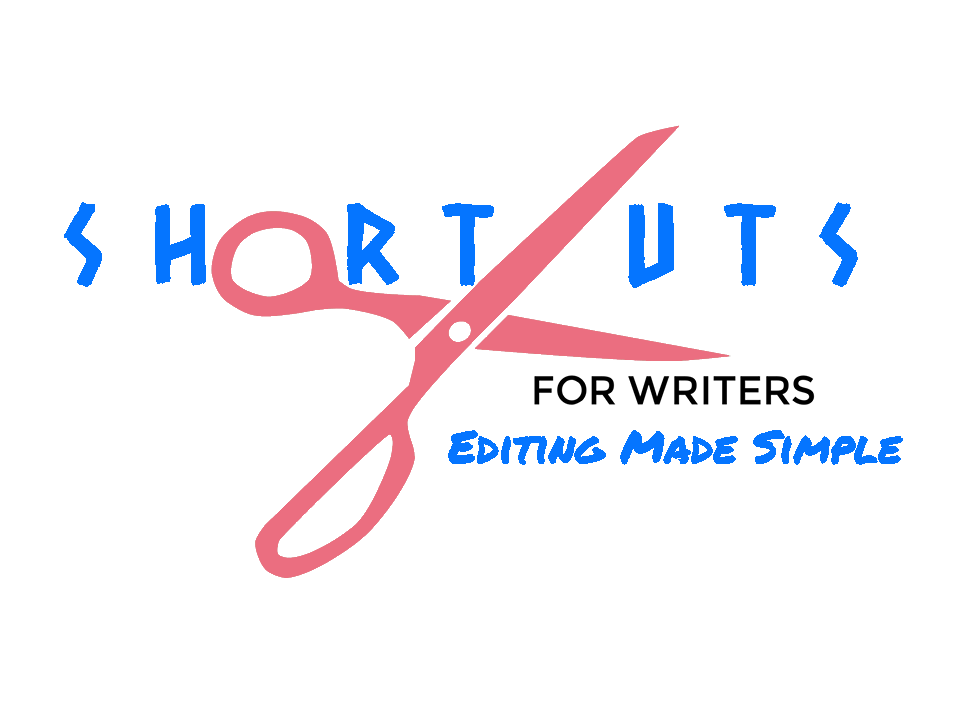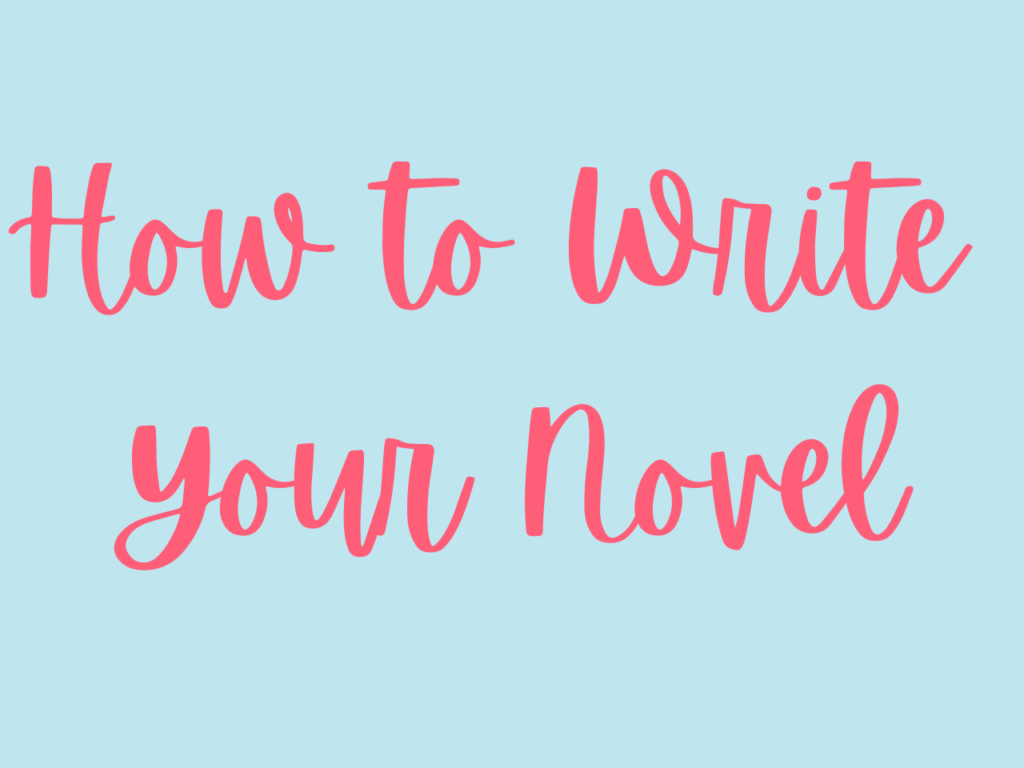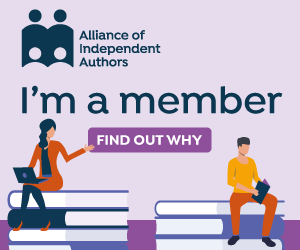The 7 Point Story Structure
The 7 Point Story Structure
This is the second in a three-part mini-series on story structure.
What is story structure anyway?
As a reminder, story structure is the framework upon which you hang your novel. Structure gives your story backbone. It’s the set of rules upon which to build your story so it resonates with readers, drawing them in and holding their attention until the end.
Part 1
In Part 1 you looked at The 3 Act Structure. It’s the oldest and most commonly used. It’s nice and simple and is the one I teach my students. In that article we used a hypothetical storyline as the example.
Part 2
In Part 2 you looked at the 12 steps of Joseph Campbell’s The Hero’s Journey, using JRR Tolkein’s The Lord Of The Rings as the example.
Part 3
This week you’re learning about the 7 Point Story Structure as developed by Dan Wells. In this article we will use Harry Potter And The Philosopher’s Stone.
The 7 Point Story Structure
This 7 point story structure is so named because it comprises 7 important elements that build out your novel’s story arc.
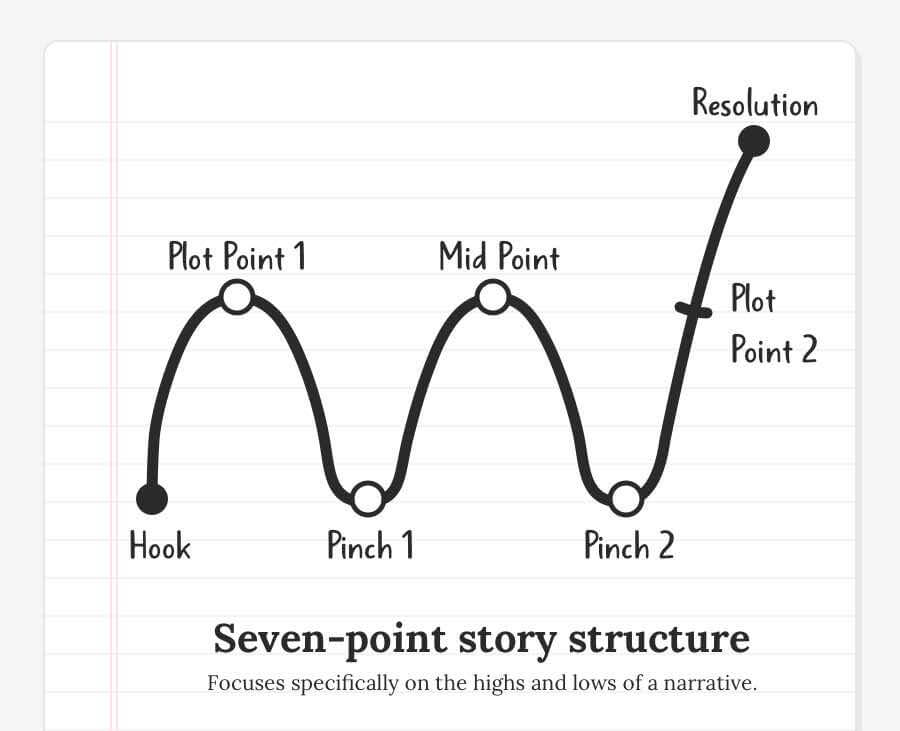
From time to time, I link to products or services I love using with affiliate links. This means that I may receive a small percentage or fee for referring you to any product you may purchase from one of those sites. It does not cost you anything. These small fees help sustain my small business. I truly appreciate your support.
Point 1 – Hook
This is your character’s starting point and where the reader enters the story. We learn about your character’s normal world. You want them to be the opposite of where they will end up.
Harry Potter starts the book as an abused and isolated boy who feels he has no place in the world. That is not where he finishes in the story arc.
Point 2 – First Plot Point
This is the event that kicks the story into motion and begins your hero’s journey to the midpoint. You inflict a little pain on your protagonist, it makes life difficult and forces them out of their normal life and into the story.
Harry learns that he is a wizard and enters Hogwarts.
Point 3 – Pinch Point 1
This is where you are really mean to your hero and something bad happens to them. The usual way to do this is bring them face-to-face with their antagonist.
Harry comes face-to-face with a troll, which he and his friends defeat.
Point 4 – Midpoint
Until now your character has not wanted to be on this journey, they’ve been reluctantly taking part, reacting to situations as they arise. At the Midpoint, all that changes. They switch from being reactive to being proactive.
They understand they must defeat their nemesis, and the game is on!
Even though it’s called the Midpoint, it doesn’t necessarily take place in the middle of your story. A good example of this is when a detective takes on a case early in the story, or the girl realizes later in the book that her male friend is really the love of her life and she makes a play for him.
For Harry it’s when he realizes Voldemort is after the Philosopher’s Stone and he knows he must protect it.
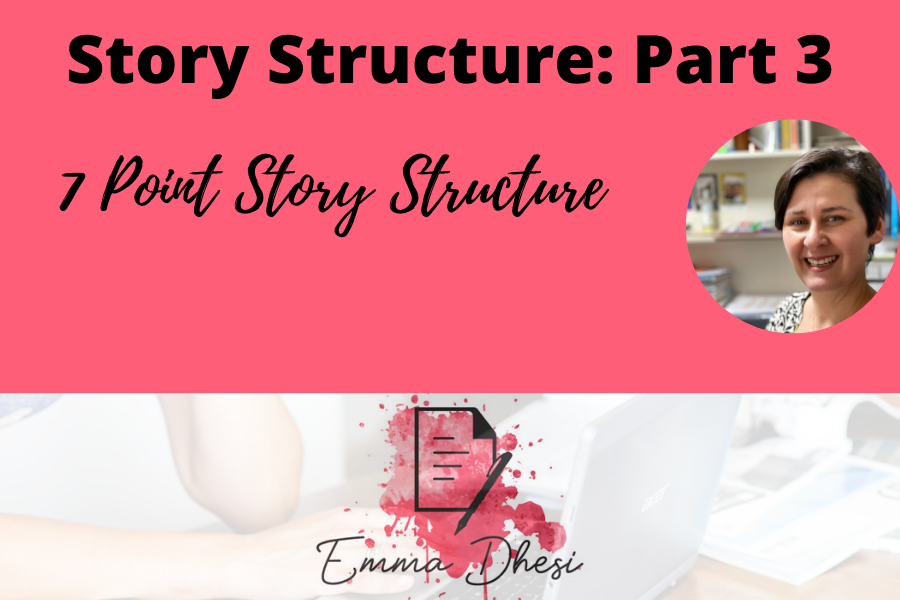
Point 5 – Pinch Point 2
More pressure is added to your character and they hit their rock bottom.
They are experiencing their darkest moment and feel they’ve lost everything. It is hard for them to pick themselves up and carry on with their journey.
For Harry, this is when Ron and Hermione are trapped and can’t continue with him. Harry must face his foe alone. A very low moment for him.
Point 6 – Second Plot Point
Finally, your character realizes they have what it takes to defeat the antagonist. Everything slots into place and are ready to achieve their goal.
Now all they have to do is their plan into action.
For Harry, this is when he looks into the magic mirror, realizes he has a pure heart and can defeat Voldemort.
Point 7 – Resolution
This is the climax of the story, when your character defeats their antagonist and wins the day.
It may be that they don’t get what they want, but what they need. So, for example, your hero might not find the treasure, but they discover an inner strength they never knew they had.
Not only does Harry defeat Voldemort, but he has transformed from that lonely boy under the stairs to someone who has friends and purpose in life.
Work backwards
Many recommend that with the 7 Point Story Structure you have to start from the resolution and work backwards for this structure to be most effective.
It is thought that by doing it this way you ensure your character starts the book at the opposite end of the story arc. It is also the best way to plan your character’s arc, not just the story arc.
Conclusion
I confess the 7 Point Story Structure is my least favourite of the 3 structures, but I can see how other’s may like it. There are not as many steps to follow as in the Hero’s Journey, but gives a little more direction that the 3 Act Structure.
You’ve probably noticed that all 3 of these structures intertwine and that you can apply almost every story to any one of them.
What this tells you is that no one structure is correct. Different systems appeal to different people and seem to sit much more comfortably with particular genres.
For example, the 3 Act structure sits well with literary fiction, The Hero’s Journey with fantasy and the 7 Point Story Structure with YA.
Which resonates best with you? Have you been using one method up until now but are intrigued to try out a new one? Let me know in the comments section below.
If this article was useful, you’ll love:
If you’ve been working on your novel for years (perhaps even decades) the maybe it's time to consider working with a coach.
If you have multiple versions of your novel and you don’t know which works best, are scared nobody will like your book and don't feel like a 'real' writer, then my guess is coaching is the right next step for you.
Find out more and sign up for your free Clarity Call here: https://emmadhesi.com/personal-coaching/
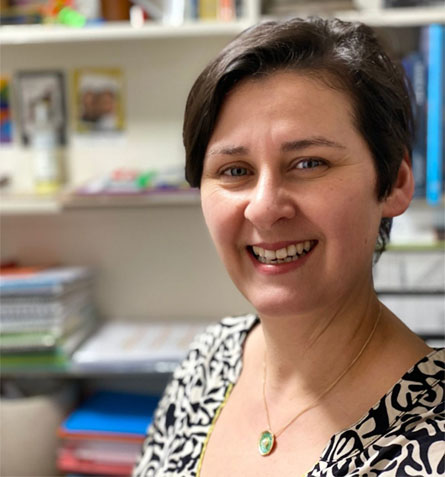
Emma Dhesi writes women’s fiction. She began writing seriously while a stay at home mum with 3 pre-school children.
By changing her mindset, being consistent and developing confidence, Emma has gone from having a collection of handwritten notes to a fully written, edited and published novel.
Having experienced first-hand how writing changes lives, Emma now helps beginner writers find the time and confidence to write their first novel.

